(April 27, 2022) A woman gets diagnosed with breast cancer every four minutes in India, and one dies of it every 13 minutes, making it the most prevalent cancer among Indian women. Unfortunately, in India, most women are diagnosed at an advanced stage where prognosis is poor. A Hyderabad-based UK-returned doctor is working hard to change this reality. Dr Raghu Ram Pillarisetti has dedicated his life to make a significant and meaningful difference to the delivery of breast healthcare in India.
Dr Pillarisetti’s foundation, Ushalakshmi Breast Cancer Foundation (named after his mother), is working with a missionary zeal to make significant and meaningful difference to the lives of people affected by breast cancer or with breast-related health concerns. “Breast cancer is a huge concern today. However, the topic is still a closet issue,” explains Dr Pillarisetti, during an interaction with Global Indian, adding, “I am a living bridge between the UK and India, and on an endeavour to replicate the best of British practices into improving breast healthcare in my motherland.”
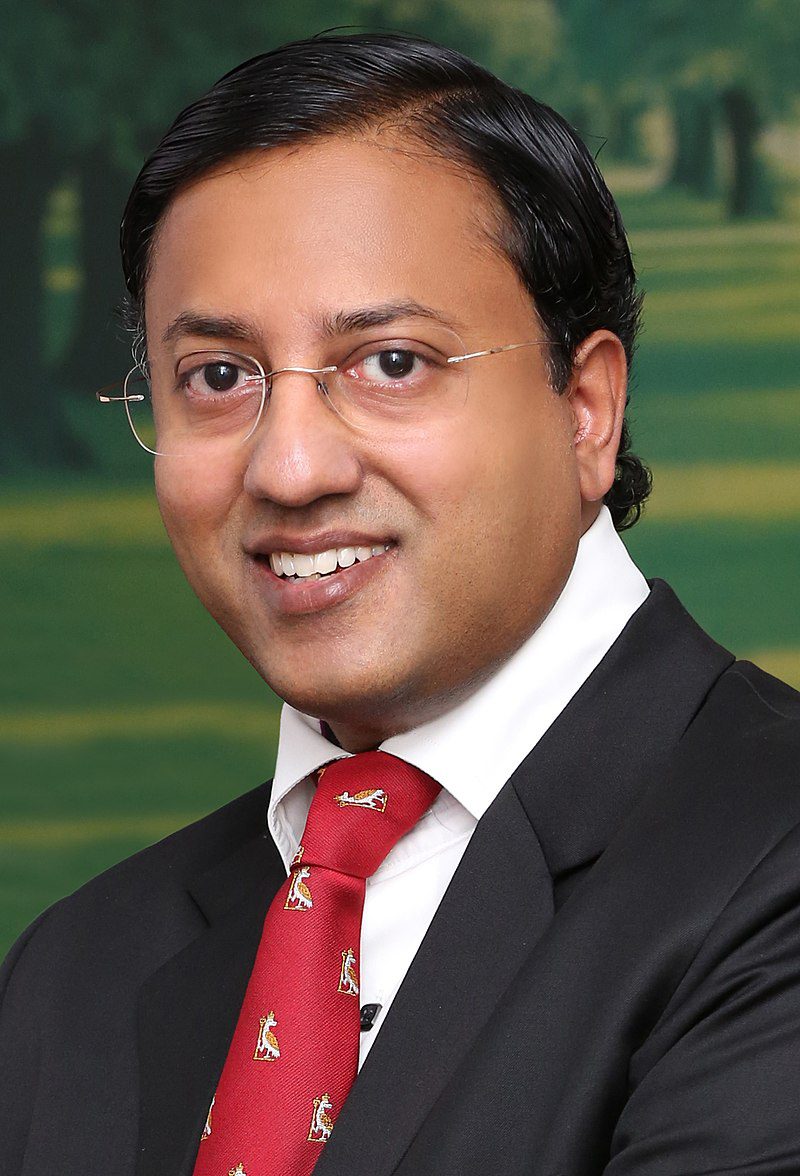
Dr Raghu Ram Pillarisetti
The highly-decorated doctor, who is the first surgeon of Indian origin to be conferred the honorary fellowship of the Association of Surgeons of Great Britain and Ireland, was recently appointed as an Officer of the Most Excellent Order of the British Empire by Her Majesty Queen Elizabeth II. The Padma Shri awardee, who believes that everything is part of god’s plan, shares that he was speechless when the British deputy high commissioner to India, Jan Thompson informed him about it. “Self-nominations are not allowed in the British honours system. So, I am not sure how my work got noticed by the British government. It was a surreal moment. I was, in fact, speechless,” laughs the doctor.
Inspired by his parents
Born in Guntur, Andhra Pradesh to a doctor couple – Prof PV Chalapathi Rao and Dr Ushalakshmi Kumari – who were working at the Guntur Medical College, soon after their son was born, they shifted to Hyderabad. This was where Dr Pillarisetti was brought up. A happy-go-lucky child, he was very inspired by his parents and their work.
“I studied at the Hyderabad Public School,” shares Dr Pillarisetti, “I wasn’t always at the top of the class; however I wasn’t a backbencher either. Mostly, I used to get first class, but never among the students who got distinction,” admits the doctor adding that he would play various sports for the fun and experience.
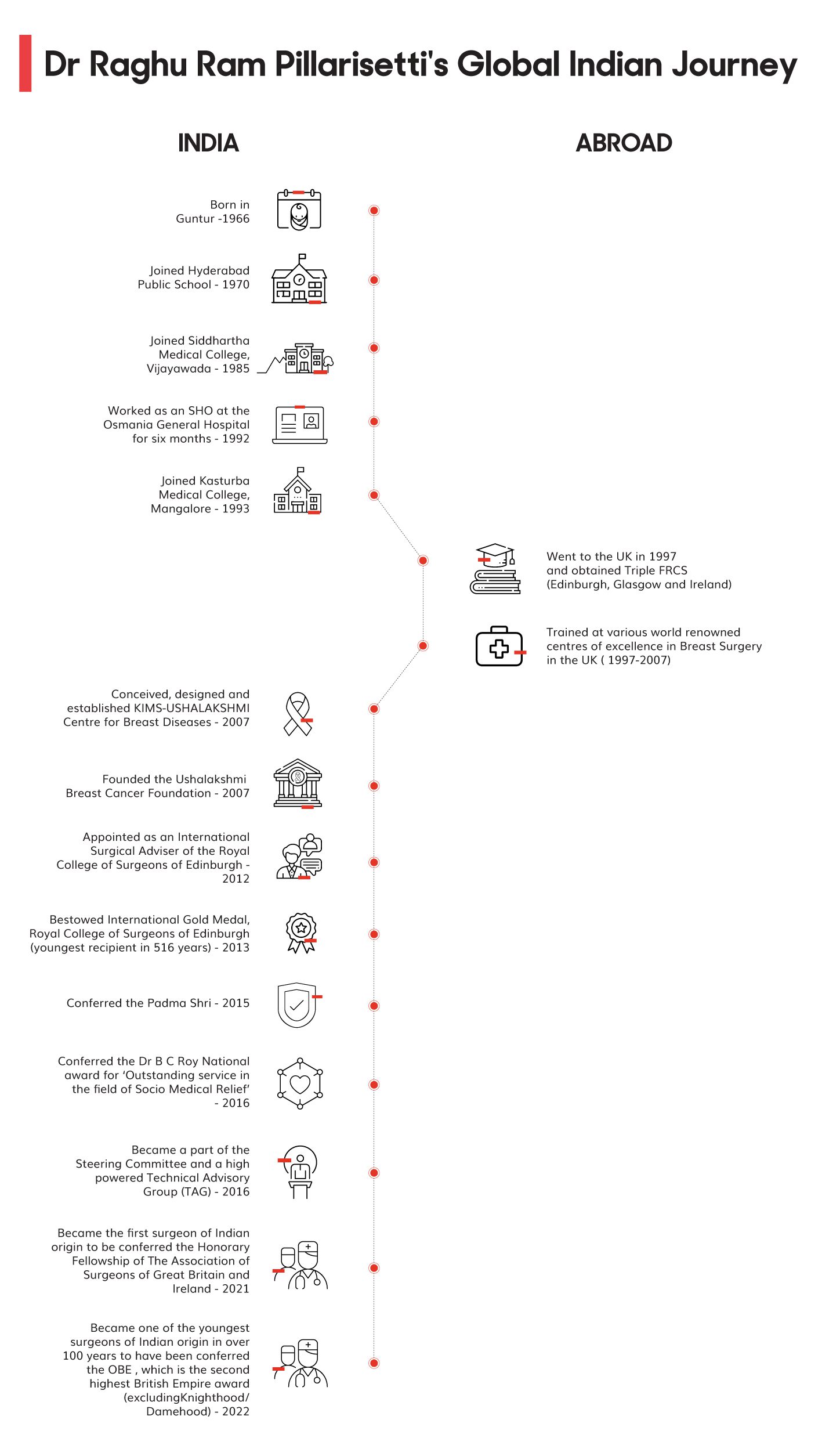
Following his parents’ footsteps, Dr Pillarisetti graduated in MBBS from Siddhartha Medical College. “The real turning point in my professional career came when I joined Kasturba Medical College, Mangalore to pursue master’s in surgery (MS), in 1992. After my MBBS, I worked at the Osmania General Hospital in the general surgery department. I had applied for a six-month exemption at the Kasturba Medical College and gave my exams with seniors, and stood first. I was very studious during my master’s,” shares the doctor.
The Great British Isles
In 1997, Dr Pillarisetti went to the United Kingdom for FRCS. During his first visit, he impressed the Brits. “I was able to satisfy about 100 examiners in three out of the four Surgical Royal Colleges in the British Isles – Edinburgh, Glasgow and Ireland, in just two months. That is a record, which is still not broken by anyone else,” avers the doctor, who couldn’t sit for the London FRCS, since the dates clashed with his other exams. However, he was conferred the FRCS London, without sitting for the exam in 2010.
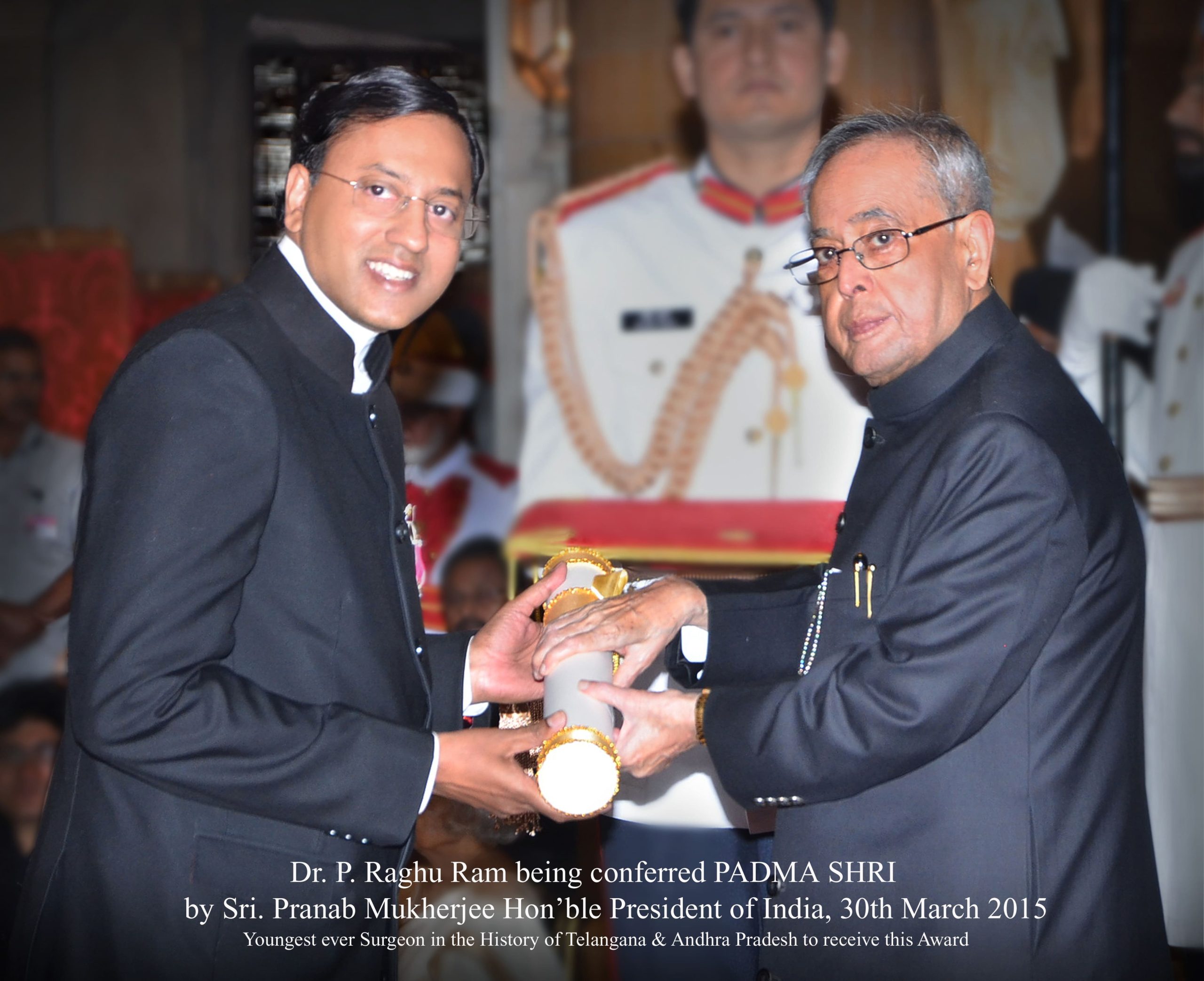
He then worked in the UK for about a decade, subsequently completing higher surgical training, and training in oncoplastic breast surgery at the Royal Marsden NHS Foundation Trust in London, and at the Nottingham Breast Institute.
While all looked peachy, an incident changed the course of his life. In 2002, while Dr Pillarisetti was working at the Cardiff Breast Unit, one of the foremost breast health centres in the UK, his mother, Dr Ushalakshmi was diagnosed with breast cancer in India. “Being an only child, I was profoundly affected by her illness. While she was undergoing treatment in the UK, I started enquiring about the situation of breast cancer treatment in India. I realised that due to the lack of awareness and absence of an organised screening programme, more than 60 per cent patients of breast cancer are diagnosed at the advanced stages,” he explains.
Homecoming
Although he and his wife, Dr Vyjayanthi, had several great opportunities in the UK, they moved back to India. “My wife, Dr Vyjayanthi, obtained her MRCOG on the very first attempt in London in 1997. She then completed structured training in obstetrics and gynaecology in the United Kingdom & subspecialty training in Reproductive Medicine, leading to CCT (certificate of completion of training), which is essential to work as a consultant Fertility Specialist in the UK. She has established one of the largest Fertility Centres in Telangana & Andhra Pradesh at KIMS Hospitals in 2009,” he shares.
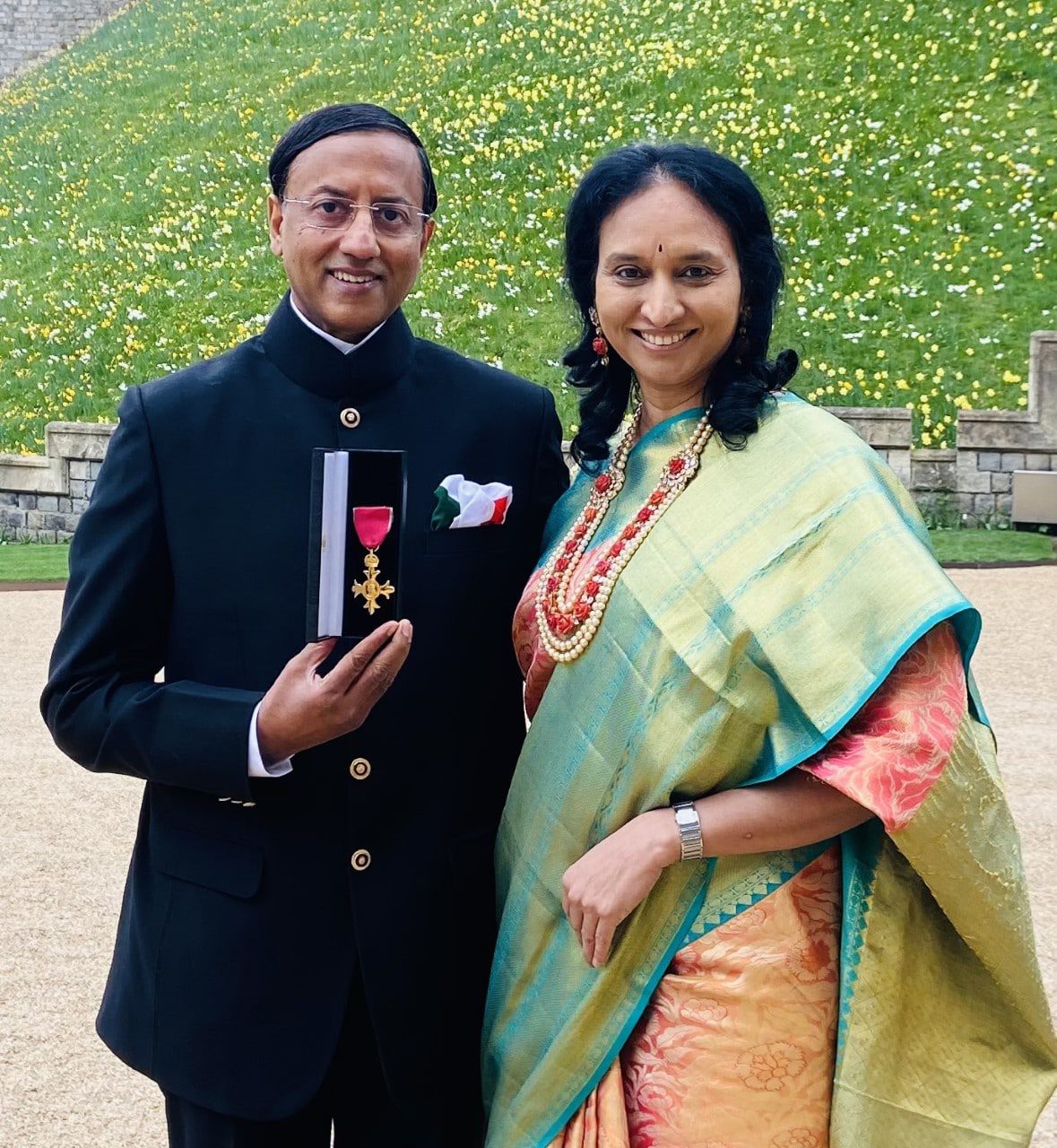
Dr Raghu Ram with his wife, Dr Vyjayanthi, after being appointed as an Officer of the Most Excellent Order of the British Empire
After returning to India in 2007, their vision was to start a free-standing, purpose-built, comprehensive centre for breast health. “People assume that breast disease is just breast cancer alone. However, nine out of 10 women who present themselves with a lump, do not have cancer. They require reassurance about the process. So, the first step was to establish a breast centre – so that when a lady walks in the entire medical process to check her breast’s health happen under one roof, including mammography, ultrasound-guided breast biopsy, and even counselling,” shares the doctor.
KIMS-Ushalakshmi Centre for Breast Diseases was established in Hyderabad. Dr Raghu Ram shares that while he envisioned and designed it, Dr B Bhaskar Rao, who is the founder of KIMS Hospitals, played a pivotal role in ensuring that the Breast Centre became a reality.
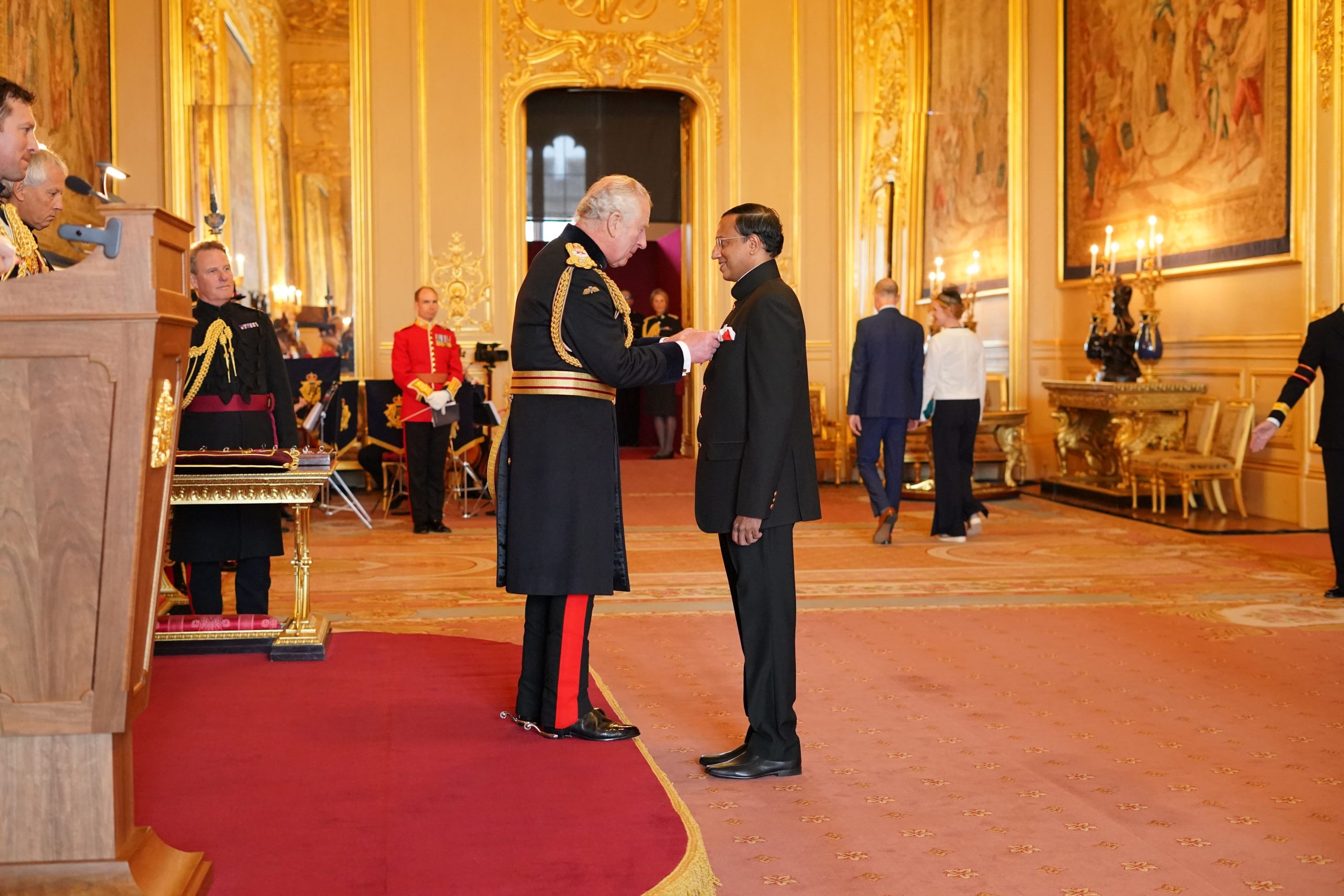
His Royal Highness Prince Charles, Prince of Wales, conferring the OBE to Dr Raghu Ram, at the Windsor Castle
“I also, however, wanted to establish a not-for-profit organisation under my mother’s name, who is 90 now. So, I established the Ushalakshmi Breast Cancer Foundation, under which I have been able to create the much-needed awareness about breast cancer, through a number of unique activities, over the past 15 years,” he shares. The foundation hosts a pink ribbon walk in Hyderabad during the month of October, which sees a huge participation from people from various walks of life, including breast cancer survivors.
Family first
A tight schedule and numerous patients, that never stops him from spending time with family. “I value my family. I am not in the rat-race of private practice. I never start early and work till late. I spend quality time with them. I have two sons, and would give them both evening baths every day. My older son is studying medicine in the UK, and the younger one in the XII standard, and wants to pursue a career in law,” shares the doctor who spends a hour-and-a-half in the prayer room, meditating, daily.
- Follow Dr Raghu Ram Pillarisetti on Facebook and Twitter
- Follow Ushalakshmi Breast Cancer Foundation on Twitter


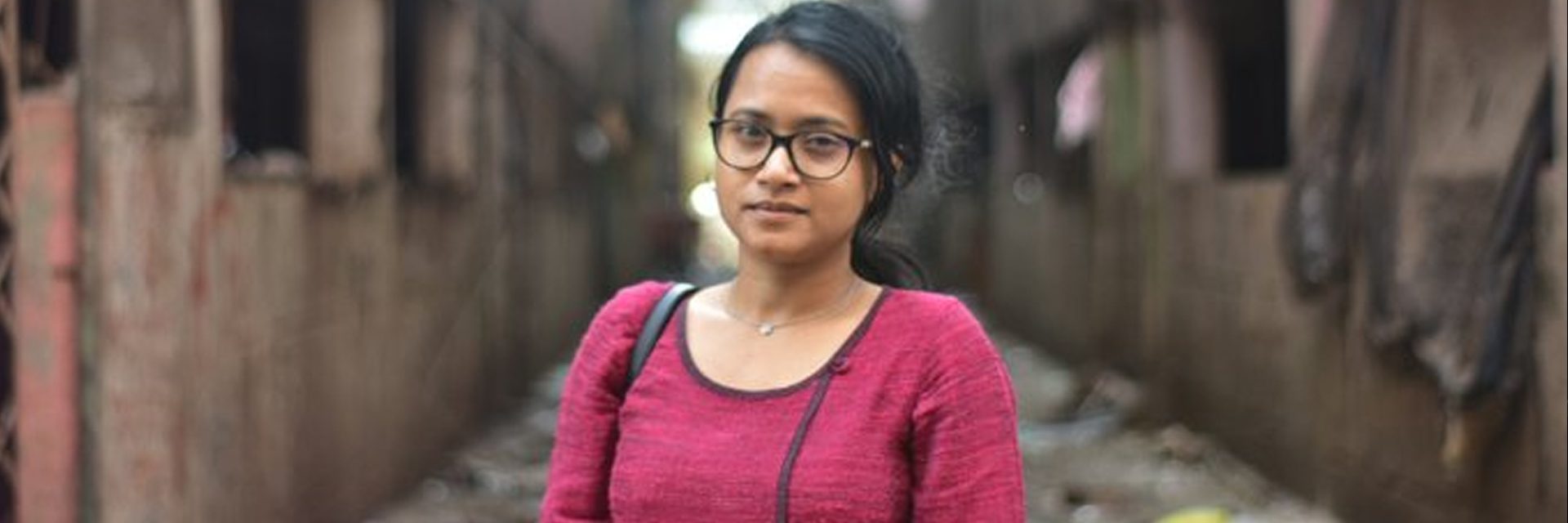


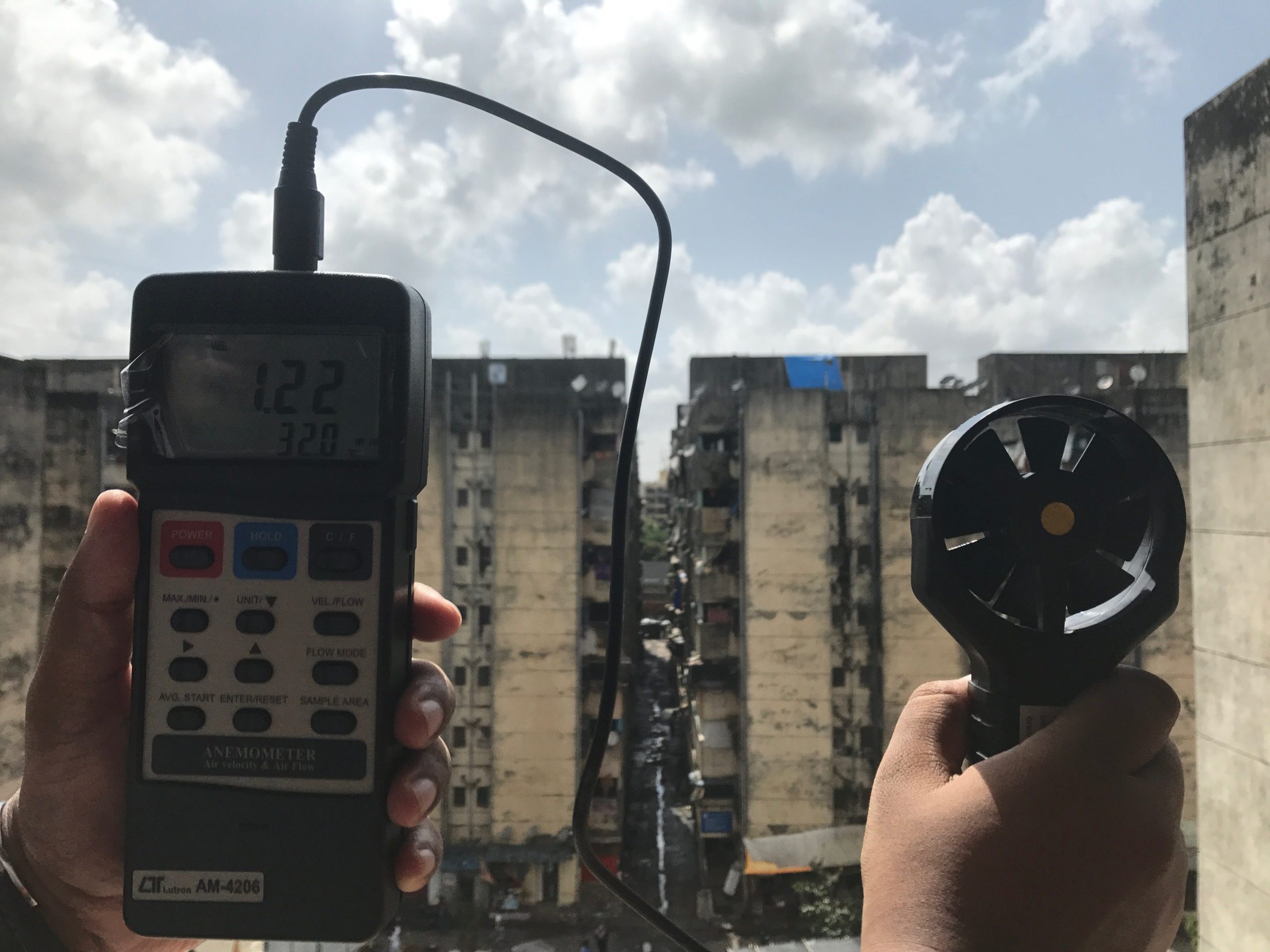 Data is gathered through a series of unstructured interviews and monitoring built environment through a range of sensors.[/caption]
Data is gathered through a series of unstructured interviews and monitoring built environment through a range of sensors.[/caption]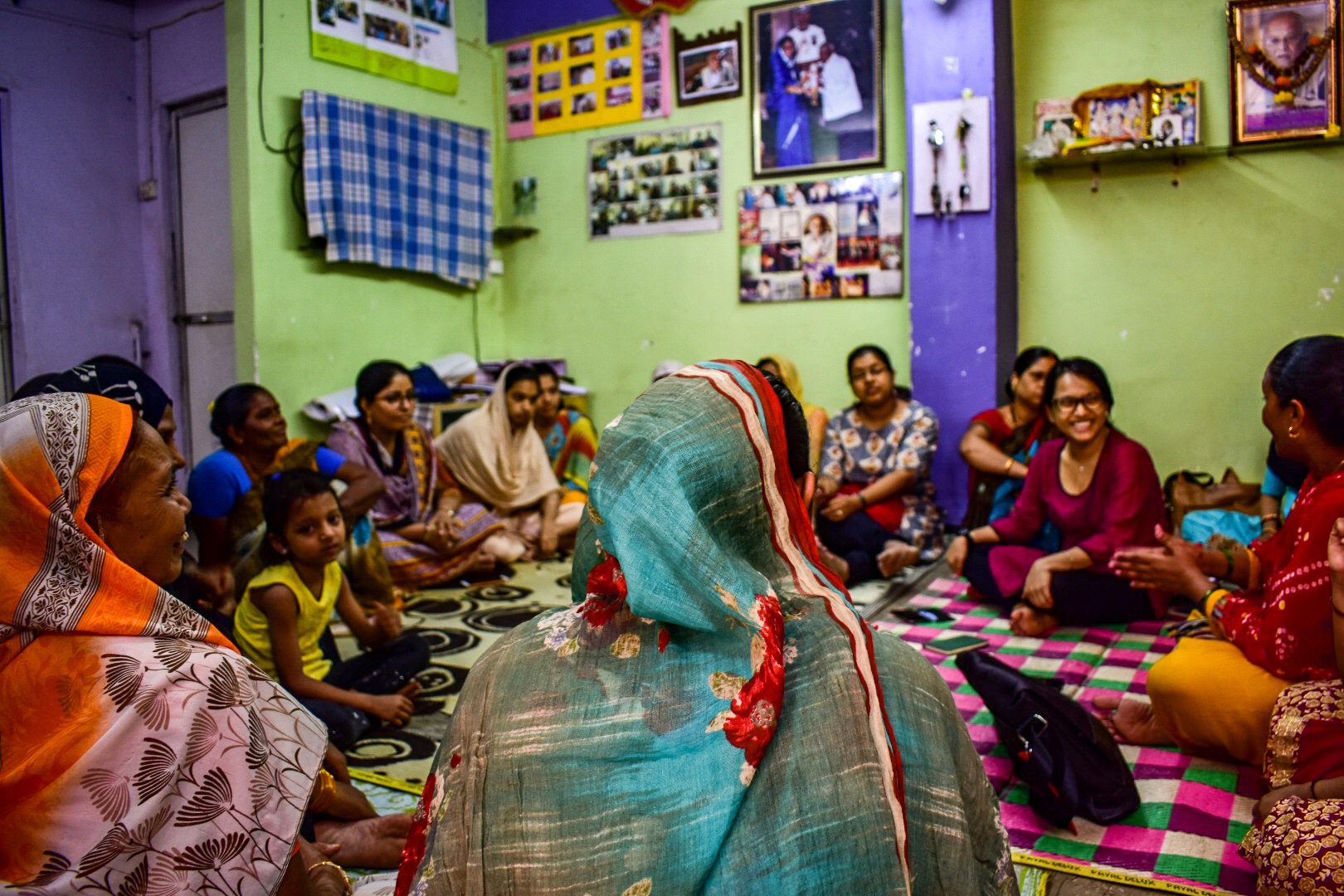 Ronita with women residents of Mumbai's SRA housing[/caption]
Ronita with women residents of Mumbai's SRA housing[/caption]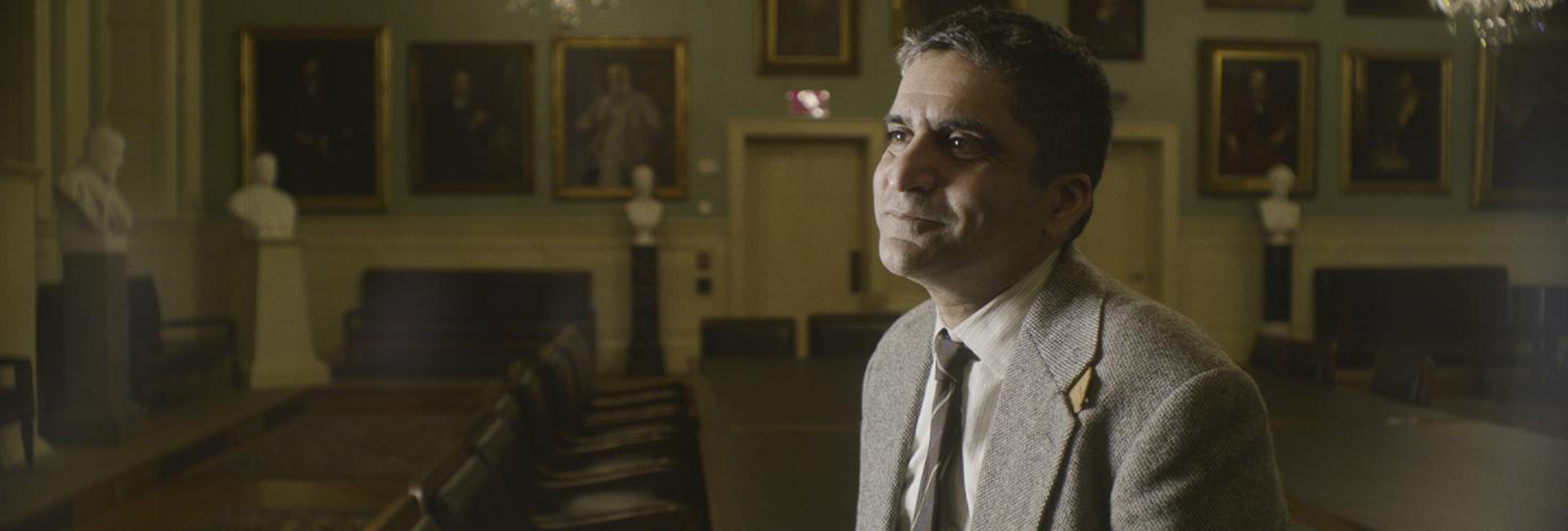
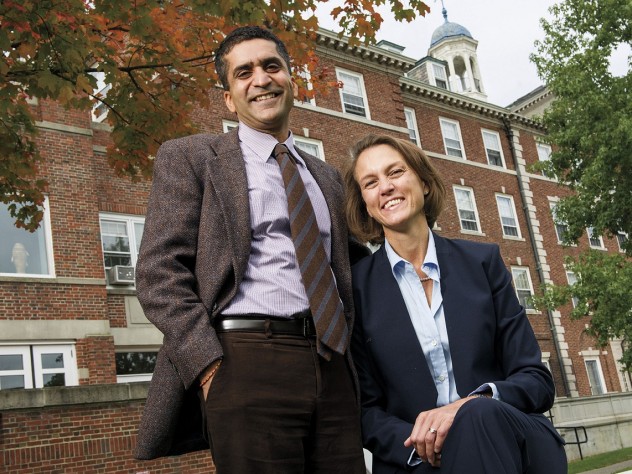 Rakesh and Stephanie Khurana at Cabot House[/caption]
Rakesh and Stephanie Khurana at Cabot House[/caption]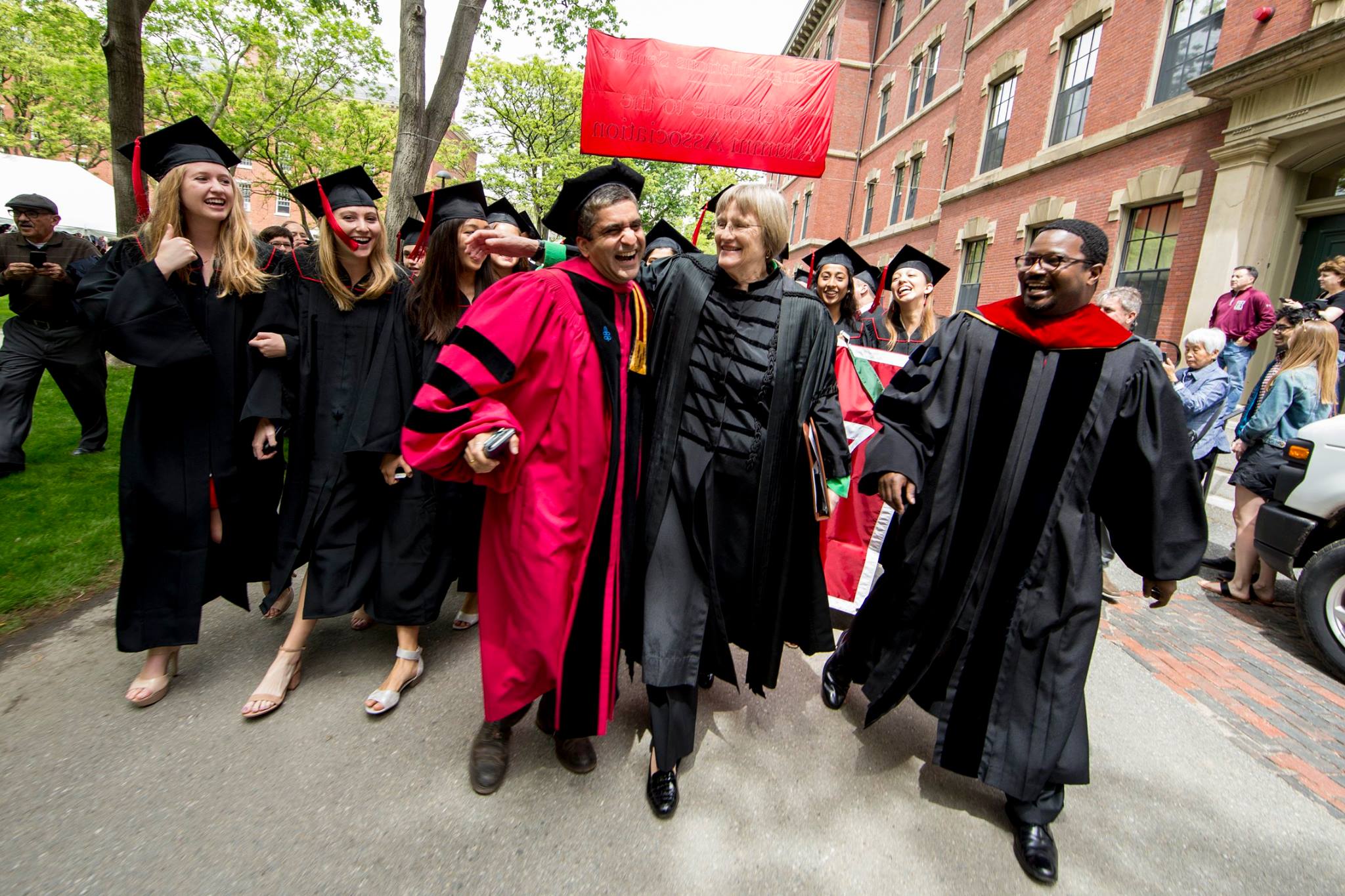 Harvard University President Drew Faust greets Dean Rakesh Khurana at a recent graduation ceremony[/caption]
Harvard University President Drew Faust greets Dean Rakesh Khurana at a recent graduation ceremony[/caption]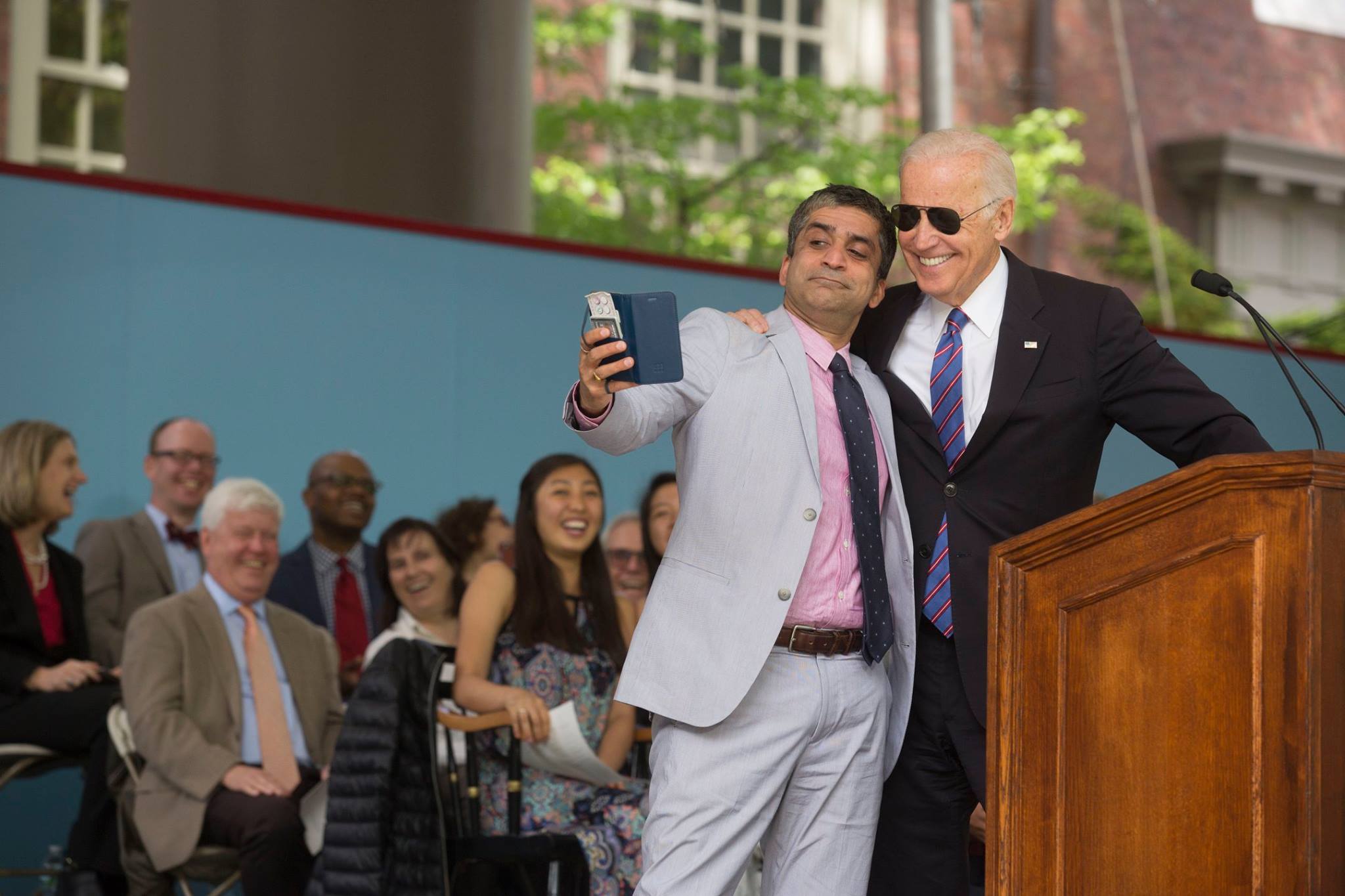 Dean Khurana with President Joe Biden[/caption]
Dean Khurana with President Joe Biden[/caption]
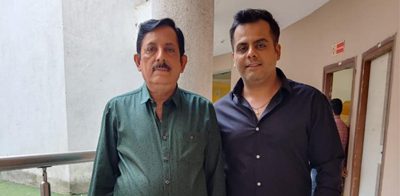 Sharad Ashani with his son, Gaurav[/caption]
Sharad Ashani with his son, Gaurav[/caption]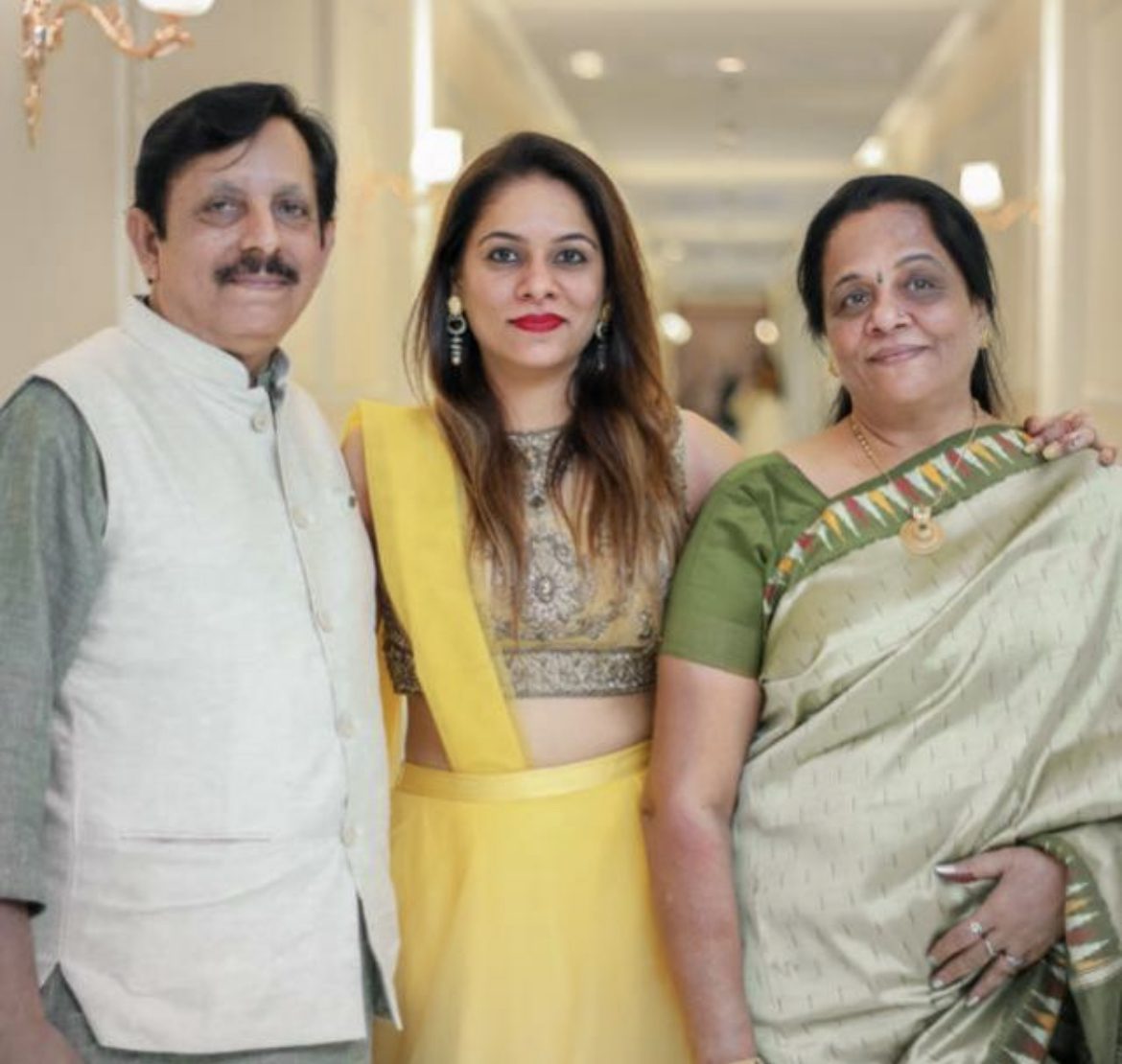 Sharad Ashani with his wife and daughter[/caption]
Sharad Ashani with his wife and daughter[/caption]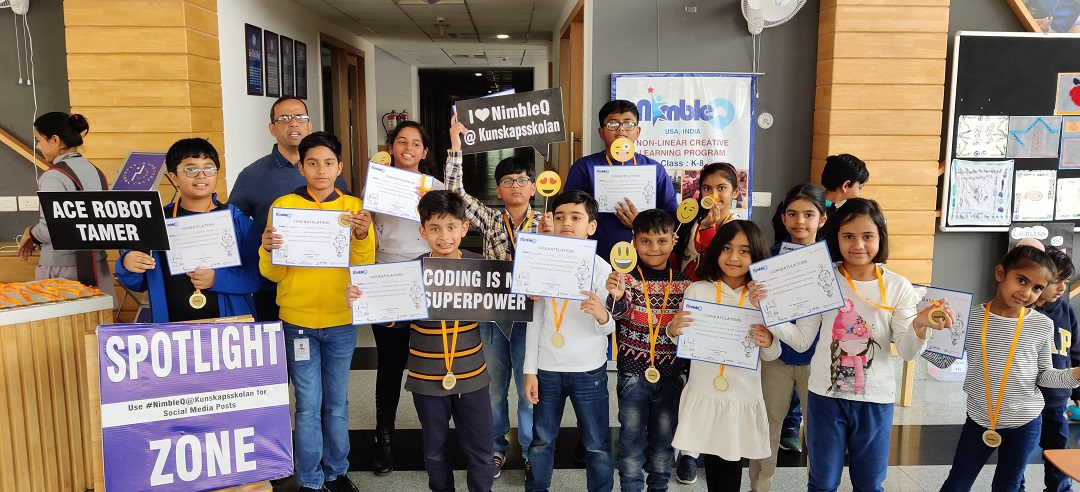
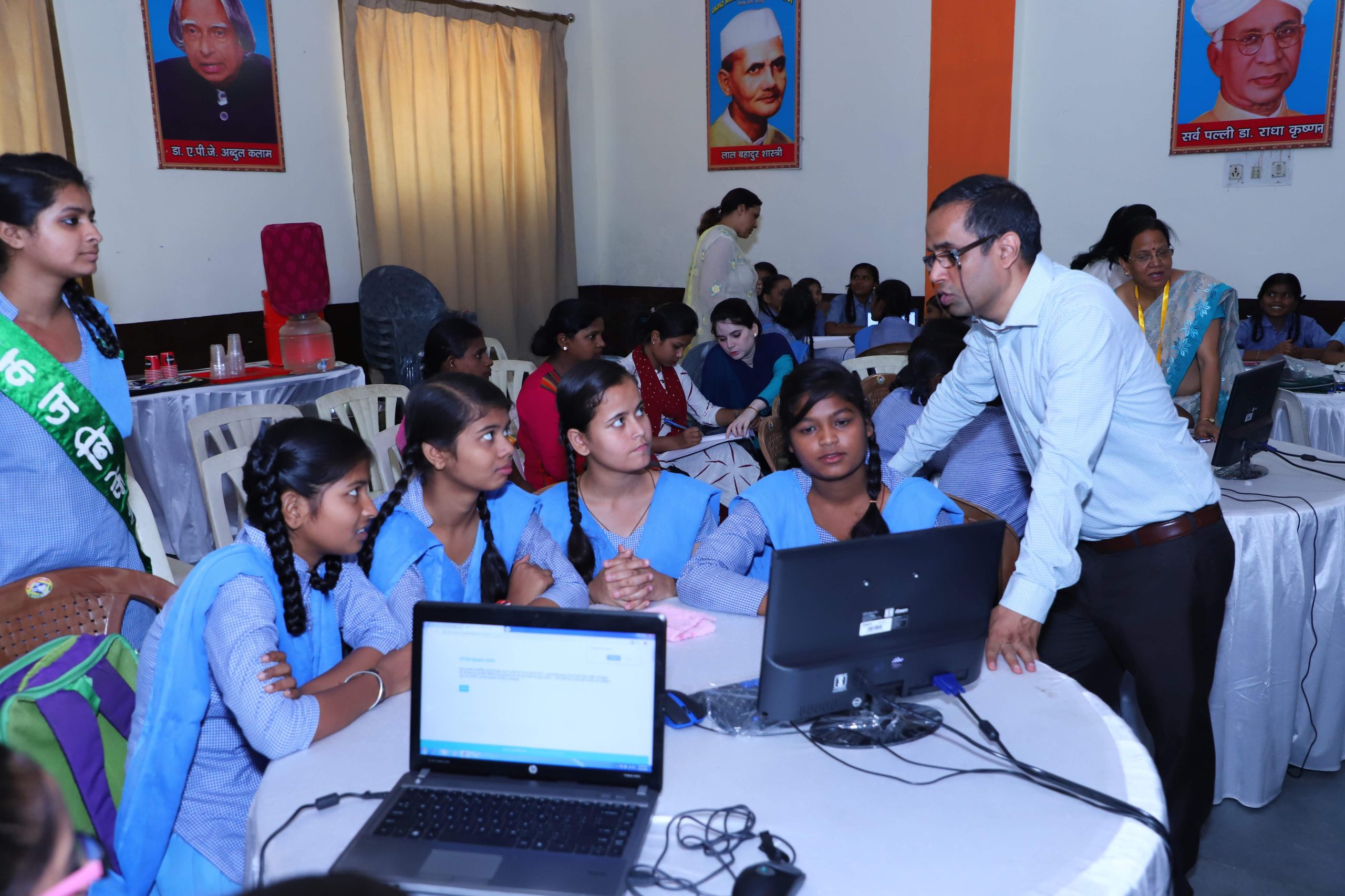 Madhukar Varshney with students during a NimbleQ class[/caption]
Madhukar Varshney with students during a NimbleQ class[/caption]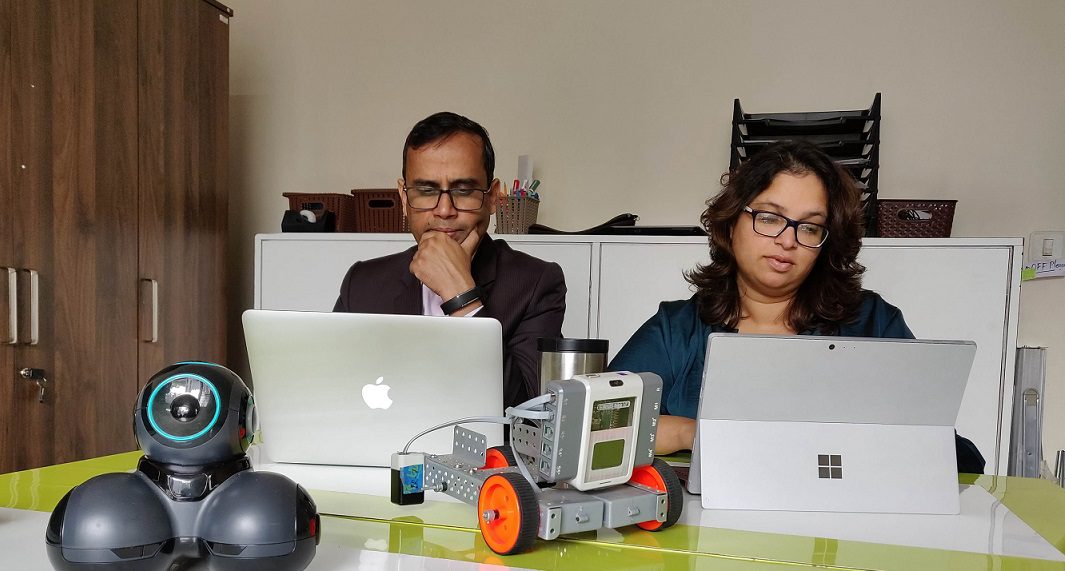 Madhukar Varshney with his wife and co-founder Shailey Motial[/caption]
Madhukar Varshney with his wife and co-founder Shailey Motial[/caption]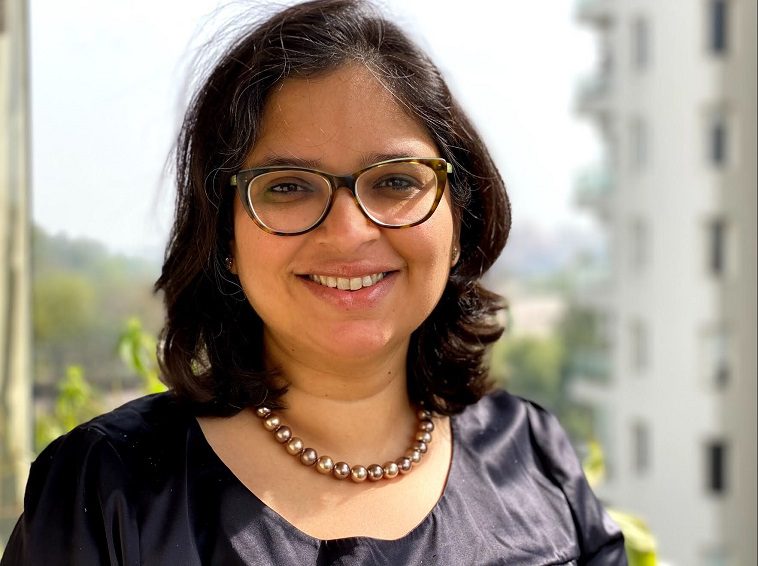 Shailey Motial[/caption]
Shailey Motial[/caption]
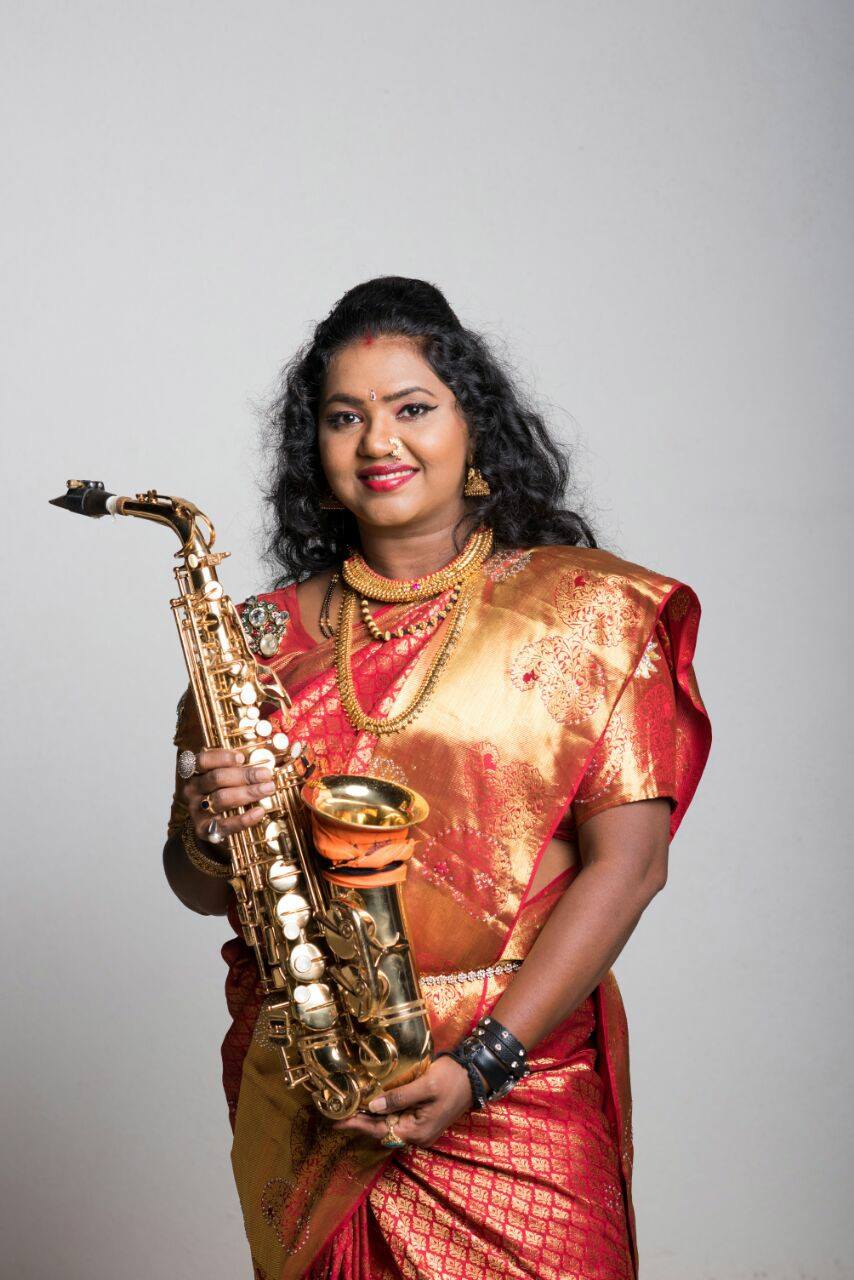 Saxophone Subbalaxmi[/caption]
Saxophone Subbalaxmi[/caption]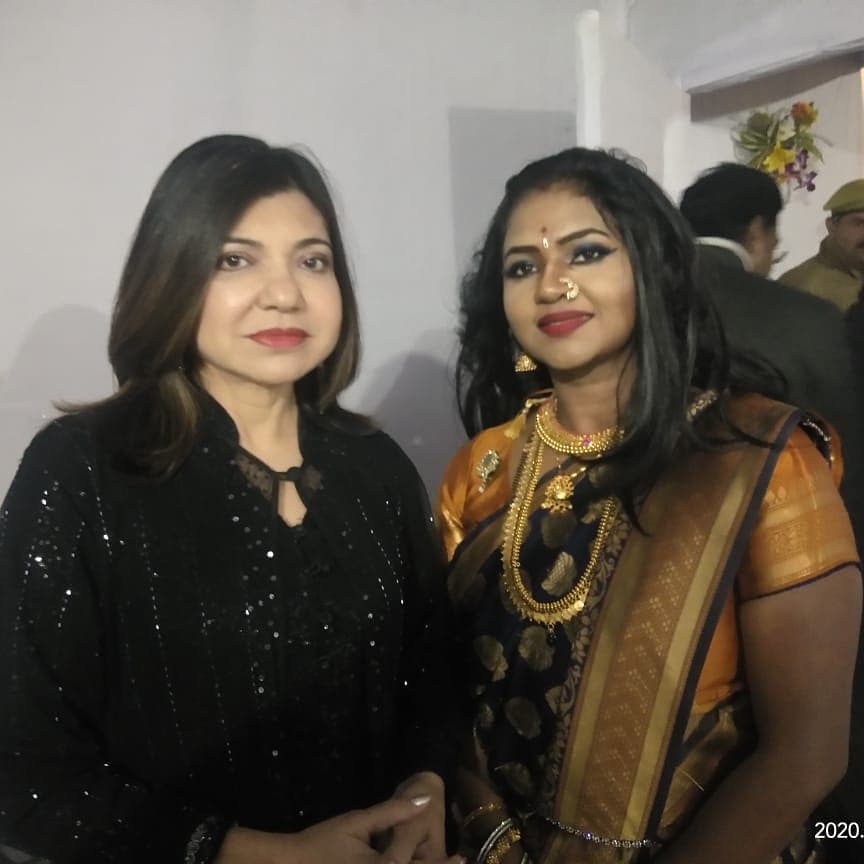 Saxophone Subbalaxmi with popular Bollywood singer, Alka Yagnik[/caption]
Saxophone Subbalaxmi with popular Bollywood singer, Alka Yagnik[/caption]